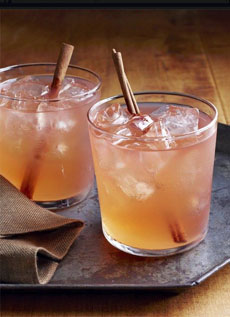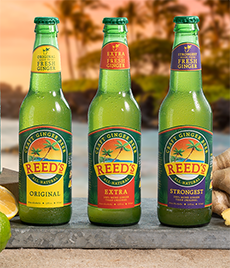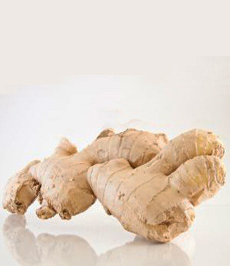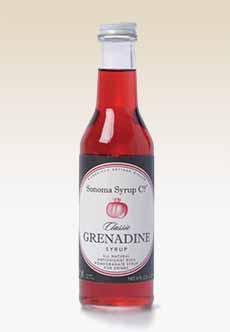Ginger Beer Fall Mocktail Or Cocktail Recipe
|
Two days ago we presented an extensive drink menu for a Halloween cocktail party. But what do you serve the non-drinkers and the kids? Ginger beer!
Fall mocktails, of course. You can find many of them online. For starters, here’s a recipe full of fall flavor: apple, cinnamon and ginger, courtesy of Reed’s Ginger Brew, which has a portfolio of ginger beers from plain, in different strengths, to cherry and raspberry. Turn it into a cocktail with one of the optional apple liquors. > The history of ginger beer is below. > The difference between ginger ale and ginger beer. Ingredients Per Drink 1. FILL a tumbler with ice. Pour in Spiced Apple Ginger Brew and optional alcohol. 2. STIR with a cinnamon stick and serve. Although the name suggests otherwise, ginger beer was never actually a beer, but rather an alcoholic beverage with similar production methods. Ginger ale is a soft drink, sweetened, carbonated water flavored with ginger extract. There is zero alcohol. Ginger beer, on the other hand, is brewed for deeper and more complex flavors and a sizzling ginger “burn.” It’s a drier, fermented beverage containing real ginger root and probiotics. Most genuine ginger beer is made from grated fresh ginger root, acidified with lemon juice and zest, and sweetened with sugar. Brewers can add citrus zest, cayenne pepper and other hot spices, and blend-ins from nettle or dandelion beers. It also includes what is known as the ginger beer plant, a fungus that contains specific yeast and bacteria that aid fermentation. Other live cultures can be substituted, including brewers’ or bakers’ yeast, lactic acid bacteria, kefir grains or tibicos, another culture of bacteria and yeasts. Historically, this blended ingredients were left exposed to the ambient air for about a week for spontaneous fermentation with wild yeasts and lactobacilli. Today, the gelatinous mass of bacteria (Lactobacillus hilgardii) and yeast (Saccharomyces florentinus) that floats on the surface is introduced during production. This is known as a plant or scoby and is similar to what is produced during kefir, kombucha, and tibicos (a.k.a. water kefir) production. After a few days of fermentation, you’ve got ginger beer, effervescent with natural carbon dioxide (as in the fermentation of beer). In the 1930s, dry ginger ale, a soft drink became popularand quickly eclipsed the older, more robust ginger beer [source]. There is confusion because some soft drink companies in the U.S. call their product ginger beer, perhaps to make it sound more exotic, when it is in fact simply ginger ale. Look at the nutrition label on the bottle. Ginger beer ingredients should include real ginger root (no “extract”), a fermenting or souring ingredient, and 30g or lower sugar content per serving. |
 [1] Looking delicious: a fall mocktail of ginger beer with apple and cinnamon notes (photos © Reed’s Ginger Beer).
|
|
|
THE HISTORY OF GINGER BEER Ginger beer was first created in Yorkshire, England in the 1700s, using using ginger root and sugar imported from the West Indies. The recipe was simple. Ginger, sugar water and optional lemon and/or cream of tarter were combined and left to sit and ferment. Once the mixture was bubbly and slightly alcoholic it would be strained off and a portion of the old batch would be used to make the new. CHECK OUT WHAT’S HAPPENING ON OUR HOME PAGE, THENIBBLE.COM. |
||





